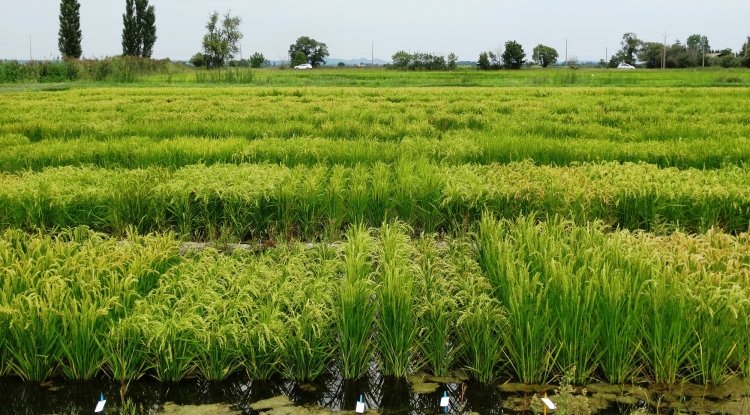In order to address the challenges facing agriculture, breeders will have to develop new varieties. To achieve this, they will be able to draw from the precious reserves of genetic resources banks, created to safeguard the diversity of cultivated plants.
Agrobiodiversity conservation is a key point to ensure food security for future generations. The main strategy at present relies on the setting-up of genetic resources collections, true gene banks which scientists can search for the most promising candidates in order to address a given set of issues: resistance to a shortage of water or to a given pest, high yield… Breeders are then able to use these candidates to develop new varieties. Presently, there are some 1750 gene banks dedicated to the conservation of cultivated plants, which represents approx. 7.4 million accessions; they are found on all continents, even though they are less numerous in Africa than in the rest of the world. These banks are redundant, in order to limit the risk of permanently losing an accession: out of the aforementioned 7.4 million, 25 to 30% are unique accessions, the others being duplicates. In contrast to the famous Svalbard reserve, in Norway, which is no more no less than a refrigerated warehouse, the collections of genetic resources are “living”: they can be searched by scientists or breeders, who can order those accessions of interest to them. They are tools dedicated to the improvement of cultivated varieties. However, despite their significance, gene banks are not immune to setbacks. Beside the securing of their often precarious funding, their fate in case of armed conflicts or of a natural disaster is another particularly worrying issue.
This was in particular the case in Syria in 2015. The city of Aleppo, which was home to ICARDA, was the scene of intense fighting, forcing the relocation of the collection in Lebanon, which was made possible thanks chiefly to the recovery of deposits made to the Svalbard repository.
In a genetic resources collection, an accession corresponds to the basic conservation unit. When seeds (or tissues, planting material…) of a plant variety to be included in the collection are received, they are assigned an identifier (the accession number).This number is associated to information such as the geographical origin, conditions for the entry in collection (date, source), characteristics (phylogeny, phenotype…). The accession number is never reused: if the corresponding seed lots happen to be depleted and the variety is again introduced in the collection, it will be assigned a new accession number.
The land pressure issue is also resonant in the case of in situ conservation, which consists in maintaining plants in their original environment. Less widely used than ex-situ conservation, this practice is nevertheless mandatory for some crops such as coconut or cacao trees.
These collections can suddenly be threatened, like the international coconut tree collection of the Pacific area which comprised 3200 trees corresponding to 57 varieties. Faced with the Bogia Coconut Syndrome, an insect-transmitted bacterial disease, it had to be relocated.


